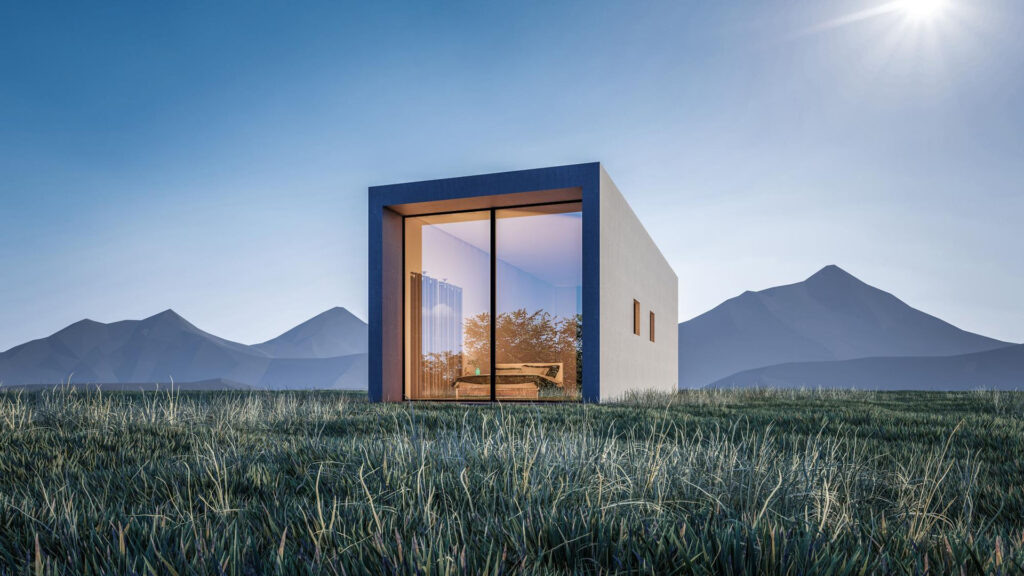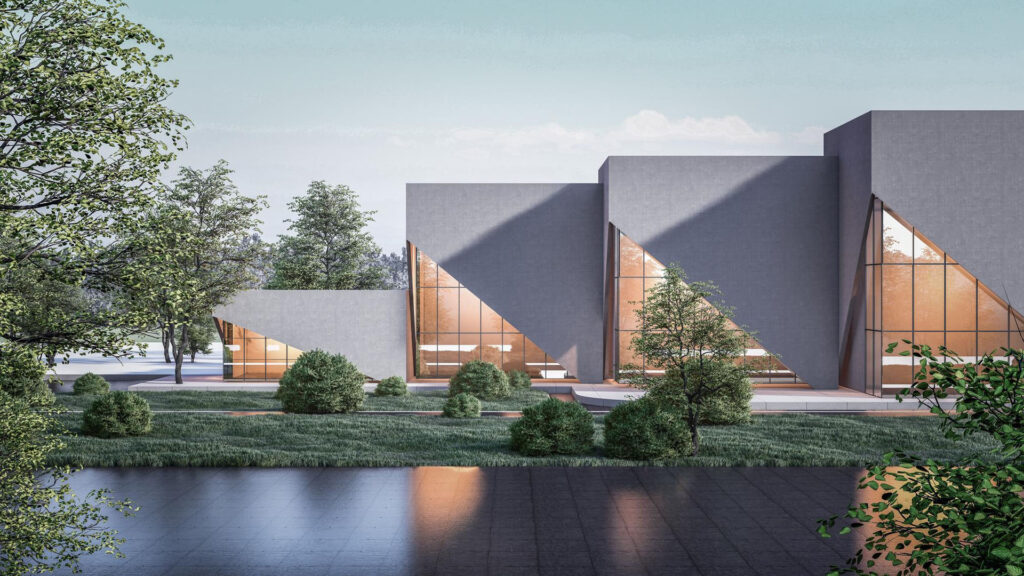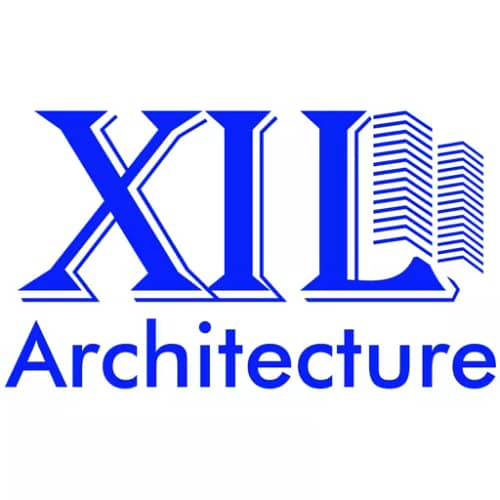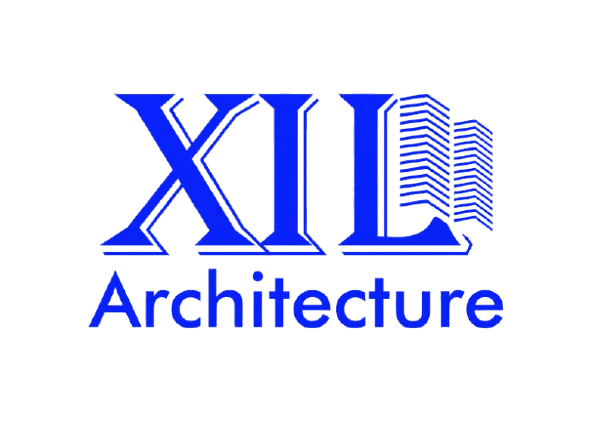Architectural strategies in construction encompass a wide range of approaches aimed at achieving various goals. This includes functionality, sustainability, aesthetics, and cost-effectiveness. Here are some key architectural strategies commonly employed in construction.
High-performance Building Envelopes
Designing building envelopes (walls, roofs, and fenestrations) to optimize energy efficiency, thermal comfort, and indoor air quality. This often involves the use of advanced insulation, air sealing, and efficient glazing systems.
Smart Building Technologies
Incorporating digital technologies to optimize building performance, enhance occupant comfort, and streamline operations. This may include automated lighting and HVAC systems, occupancy sensors, and building management systems (BMS) for real-time monitoring and control.
Sustainable Design
Modern architecture often features a minimalistic and clean design aesthetic, focusing on simplicity, functionality, and ample natural light. This approach enhances the building’s energy efficiency, reduces visual clutter, and creates a more visually appealing experience.

Minimalistic Aesthetic
Modern architecture often features a minimalistic and clean design aesthetic, focusing on simplicity, functionality, and ample natural light. This approach enhances the building’s energy efficiency, reduces visual clutter, and creates a more visually appealing experience.
Integration of Passive Design Strategies
Passive design strategies focus on optimizing the building’s orientation, insulation, ventilation, and shading. This reduces reliance on mechanical systems for heating, cooling, and lighting. Modern architecture incorporates passive design principles to enhance energy efficiency and occupant comfort.

By incorporating these modern architectural principles. Your architectural project can deliver a sustainable, functional, and aesthetically pleasing structure that enhances the occupant’s well-being and minimizes the building’s environmental impact.
Architectural strategies encompass a broad range of approaches, that architects employ to address various design challenges, meet client requirements, and achieve specific goals. Here are some common architectural strategies:
Site Analysis and Response:
Architects analyze the site conditions, including topography, climate, vegetation, and existing structures, to inform the design process. They may develop design solutions that respond to the site’s unique characteristics, such as orienting buildings to maximize natural light and ventilation or preserving existing trees and natural features.
Sustainability and Green Design:
Many architects incorporate sustainable design principles to minimize environmental impact and enhance energy efficiency. This may include passive design strategies, such as proper orientation for solar gain and natural ventilation, as well as the use of environmentally friendly materials, rainwater harvesting systems, and renewable energy technologies.
Functional Planning and Space Optimization:
Architects carefully consider the functional requirements of the building and its occupants when developing the spatial layout. They aim to optimize space utilization, circulation patterns, and user experience while ensuring efficient workflows and accessibility for all users.
Flexibility and Adaptability:
Designing flexible spaces that can adapt to changing needs over time is a key architectural strategy. This may involve incorporating movable partitions, modular components, and multi-use areas that can accommodate different activities and functions as requirements evolve.
Contextual Integration
Architects strive to create buildings that harmonize with their surroundings and contribute positively to the urban fabric. They may draw inspiration from local architectural traditions, cultural heritage, and contextual elements to create designs that resonate with the community and enhance the sense of place.
Material Selection and Innovation:
Architects explore innovative materials and construction techniques to achieve design objectives and enhance building performance. They consider factors such as durability, aesthetics, cost, and environmental impact when selecting materials and may incorporate new technologies and sustainable practices into the design process.
Human-Centered Design
Architects prioritize the needs and experiences of building users throughout the design process. They consider factors such as ergonomics, comfort, safety, and emotional well-being to create spaces that promote human health, productivity, and social interaction.
Integration of Technology:
Architects leverage advancements in building technology, such as Building Information Modeling (BIM), parametric design software, and digital fabrication methods, to streamline the design process, improve collaboration, and achieve greater precision in construction.
By employing these and other architectural strategies, architects can create buildings and spaces that are functional, sustainable, aesthetically pleasing, and responsive to the needs of users and the environment.

